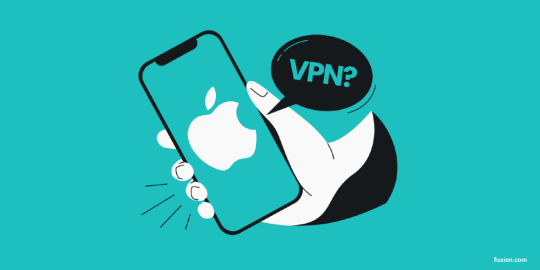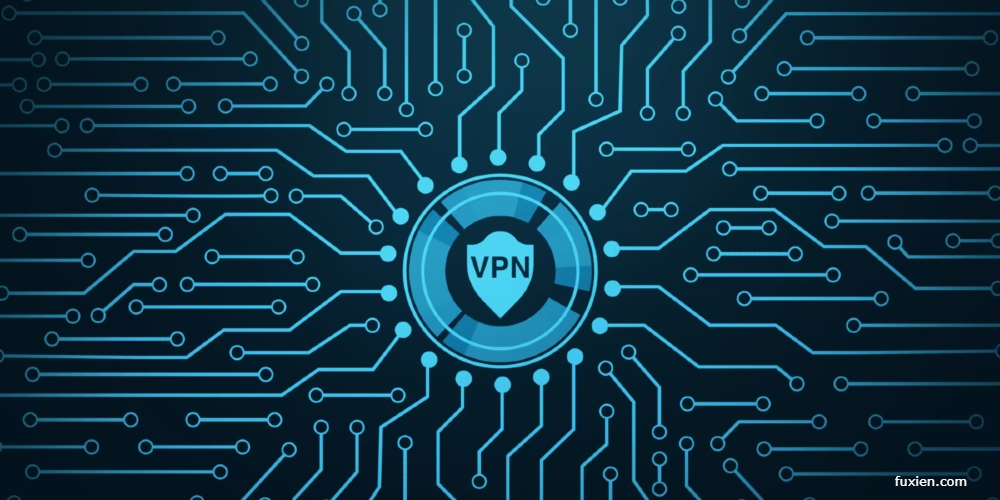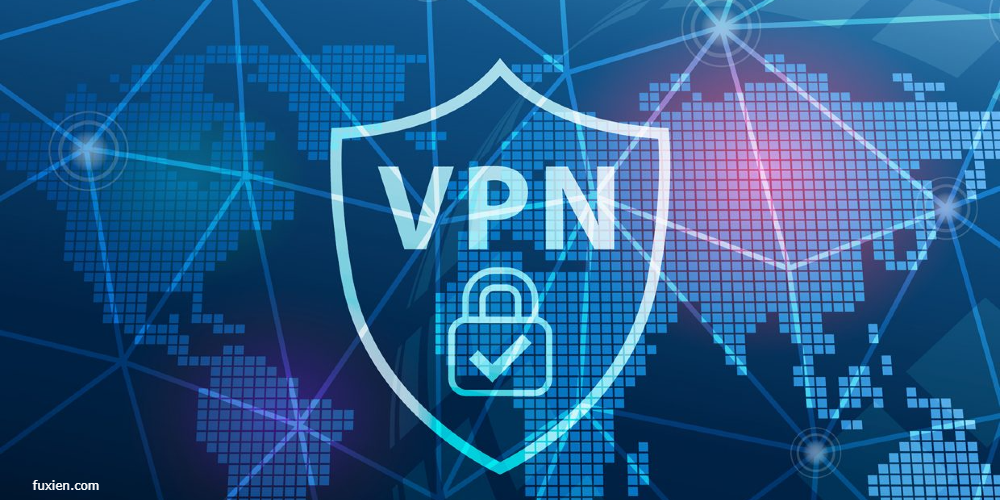
In our digitized age, even individuals—not just large entities—must vigilantly protect themselves from cyber threats. Antivirus software is a vital first line of defense, safeguarding your devices from malicious software. However, your online activities require an additional layer of security, which is where a VPN or Virtual Private Network comes into play. It secures the data being transmitted to and from your device, and even on an Apple iPhone known for its robust security, it's a crucial step to prevent data theft.
VPNs go beyond merely protecting against cyber snoops—they are versatile tools for accessing region-blocked websites, streaming content from around the globe, or transferring files securely without fear of interception.
Let's dive into the nature of VPNs, how to identify a service that fits your needs, and walk through setting up a VPN on your iPhone.
Understanding the VPN Mechanism
A VPN enhances internet safety and anonymity by establishing an encrypted passage for your data, veiling identifiers like your IP address. When you use a VPN service, your data is encrypted and rerouted through secure servers, making it nearly impossible for internet service providers or websites to trace or locate you.
Using a VPN is especially crucial when you're out and about, connecting to public Wi-Fi in places like coffee shops or airports. Public networks are notorious for their security vulnerabilities, and a robust VPN is your safeguard against potential intrusions.
Beyond security, VPNs serve as invaluable tools for digital freedom—overcoming government censorship or tuning into geo-restricted content. Whether it's for viewing international streaming services, watching sporting events not available in your region, or engaging in peer-to-peer file sharing away from the scrutinizing eyes of internet providers, a VPN is a key to unlocking these possibilities.

When it comes to VPNs, the market is brimming with options that vary in performance, security, and user experience. Here's how you can find a VPN service that aligns with your requirements and learn to install it on your iPhone.
Discerning the Best VPN for Your iPhone
Why seek out a VPN? Whether it's for enhanced security on public networks, evading geographical content restrictions, or keeping your P2P file-sharing discreet, it's critical to pinpoint why you need a VPN. Armed with this clarity, you can test various services to locate the one that not only suits your needs but also fits within your financial plan. Bear in mind that most prominent VPN providers present generous money-back assurance durations.
Although there are cost-free VPN options out there, their limitations in terms of data and performance often make them less attractive. They might offset their lack of fees by serving ads or, more worryingly, monetizing your data. For robust security and service, investing in a paid VPN makes sense.
To single out a VPN that’s just right for you, consider the following crucial attributes:
- Speed: Opt for a VPN that delivers a swift connection to minimize lag.
- Server Network: A large server network provides more options for routing your traffic.
- User-Friendly Interface: Whether you're tech-savvy or prefer simplicity, choose an app that you'll find manageable and satisfies your feature requirements.
- Security and Trustworthiness: Select a VPN with a reputation for being adamant about your privacy—one with earned trust and which passes independent security audits.
- Multiple Device Capabilities: If you own several devices, a VPN that allows simultaneous connections on all of them is ideal.
- Trial and Refund Policy: A VPN offering a money-back guarantee can give you peace of mind, as it allows an exit strategy if the service doesn't meet your expectations.

Setting Up Your VPN on an iPhone
Installing a VPN on your iPhone is a straightforward endeavor. Here's how you can get started using the NordVPN app as an example, although most VPNs will follow very similar installation procedures:
1. Locate the VPN in the App Store: Search for your chosen VPN in the App Store and hit 'Install'.
2. Log Into the App: After installation, open the app and sign in. If you're a new user, create an account, keeping an eye out for the best deals which sometimes vary between mobile and desktop registrations.
3. App Permissions: Decide whether to allow app notifications, then proceed to finalize setup.
4. VPN Configurations: Grant the app permission to add VPN configurations to your device.
5. Server Selection: Browse or search through the VPN's server locations to choose your desired connection point, then initiate a connection via the Quick Connect option or location selection.
6. Manage Connection: With a successful connection, you'll observe options to pause or disconnect. Adjusting VPN protocols or settings may require disconnecting first before establishing a new encrypted connection.

Alternate Manual VPN Configuration on an iOS Device
In some cases, you might be tasked with setting up a VPN manually, particularly if your VPN's native app doesn't support your operating system version. This process is more involved and generally strips you of the convenient features offered by VPN apps. Unless you're comfortable with advanced configurations, it's recommended to select a VPN with native app support for a hassle-free experience.
With these insights, you're now equipped to carefully choose a VPN that provides both security and ease of use and to set it up swiftly on your iPhone for enhanced protection and privacy.